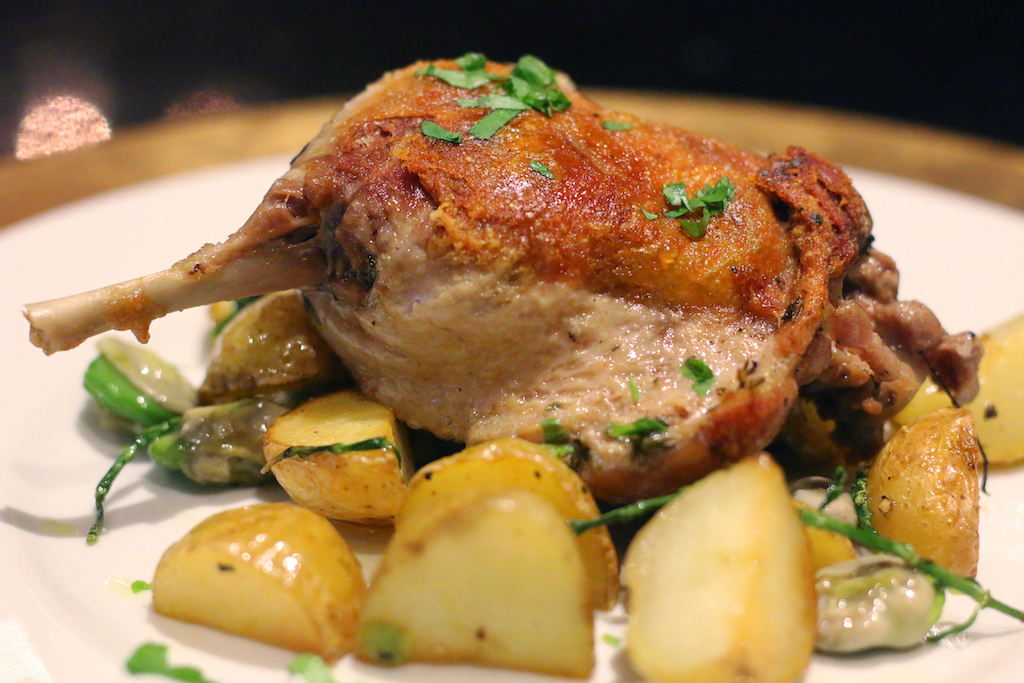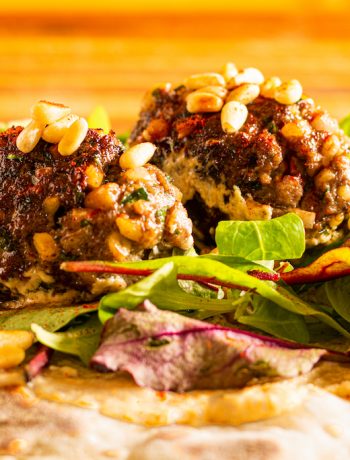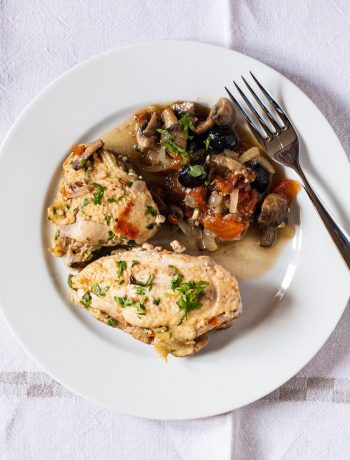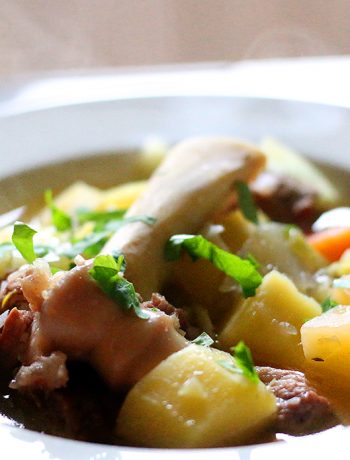There is nothing to be gained from trying to find the origins of confit de canard. This is because its inventor was probably called ‘Ugg,’ and he would have been living in a cave, sporting the latest style of mammoth fur. Preserving meat in its own fat is a practice that extends into prehistory. Meat is cured, and then cooked very slowly, sometimes for days, in melted fat. The meat is then potted in the fat and cooled. Meat cooked this way can be kept for months. If it is canned, it will last for many years.
Confit de canard (duck confit) is claimed by the people of Gascony, France. Henry IV, King of France from 1589–1610 and a Gascon by birth, was said to have had confit de canard shipped to Paris by the barrel-load because nobody in Paris was making it at the time.

Henry IV of France – the confit-crazed Gascon
The Gascons are still mad for confit de canard, because, not only does it taste divine, but it is also incredibly versatile. It is so tender that is can be used cold in salads, it can enrich stews, it can be served on its own (per the recipe on this page), and it is also an immovable component of the classic French cassoulet.
It will take you two days to make confit de canard, but it is well worth your time.
Confit de canard with new potatoes, beans and samphire
Ingredients
- 4 duck legs
- 1 tsp of sea salt
- 4 sprigs of thyme
- 2 garlic cloves, chopped
- Approx. 1 litre goose or duck fat (enough to enable all four legs to be submerged in your pan)
- 2 tbsp vegetable oil
- 12 baby new potatoes, halved
- 8 pods of broad beens, shelled, blanched and peeled
- 1 handful of samphire
- 15g butter
- Juice of half a lemon
- Sea salt and freshly ground black pepper
Instructions
First, you need to lightly cure the duck legs. Place the them in a shallow dish, and rub over with the salt. Add the garlic, thyme and some black pepper, and turn the legs over in the seasoning to evenly coat them. Cover with cling film (put the film in full contact with the duck legs, rather than stretching the film over the dish, to prevent excessive oxidisation) and chill in the fridge for 12 hours.
Heat the duck fat to 110˚C in a large saucepan or dutch oven, wipe the cure off the duck legs and add the joints to the pan, fully submerging them in the warm fat. Maintain the temperature in the pan at 85˚C for 1 hour for wild duck legs and 2h for larger farmed (e.g. Gressingham) duck legs. It is helpful to use a digital thermometer to regulate the temperature.
For the potatoes, heat the oil in a large frying pan, and sauté until cooked (about 20 mins). Add the beans and samphire and butter. Season and toss to coat all the ingredients in the seasoning. Squeeze over some lemon juice.
To finish the duck, heat a dry frying pan, pull the duck legs from the fat with a pair of tongs and fry quickly on both sides to obtain a crispy skin and a golden colour.
Serve the duck legs on top of the potatoes.




 (21 votes, average: 3.67 out of 5)
(21 votes, average: 3.67 out of 5)


4 Comments
Marcy Rothman
28/03/2020 at 12:46 pmThese are the most recipes, merci
Nigel Eastmond
29/03/2020 at 2:00 pmThank-you so much.
08. Bordeaux-Marmande (97 km) | Potepinko
23/12/2021 at 12:39 pm[…] preprosto za odlične predjedi. Ko smo pri mesnih jedeh, ne moremo mimo pitane race? Kdo ne pozna confit de canard (račje prsi), ki se uporabljajo v številnih vznemirljivih receptih, ki so se prenašali skozi generacije. […]
Chapter 19 I'm Taking Hemingway's A Moveable Feast on A Moveable Feast Chapter by Chapter - schoolofworklife.com
11/12/2022 at 9:07 am[…] #FunFact1 Confit de canard is claimed by the people of Gascony, France. Henry IV, King of France from 1589–1610 and a Gascon by birth, was said to have had confit de canard shipped to Paris by the barrel-load because nobody in Paris was making it at the time. Source The Nosey Chef. […]